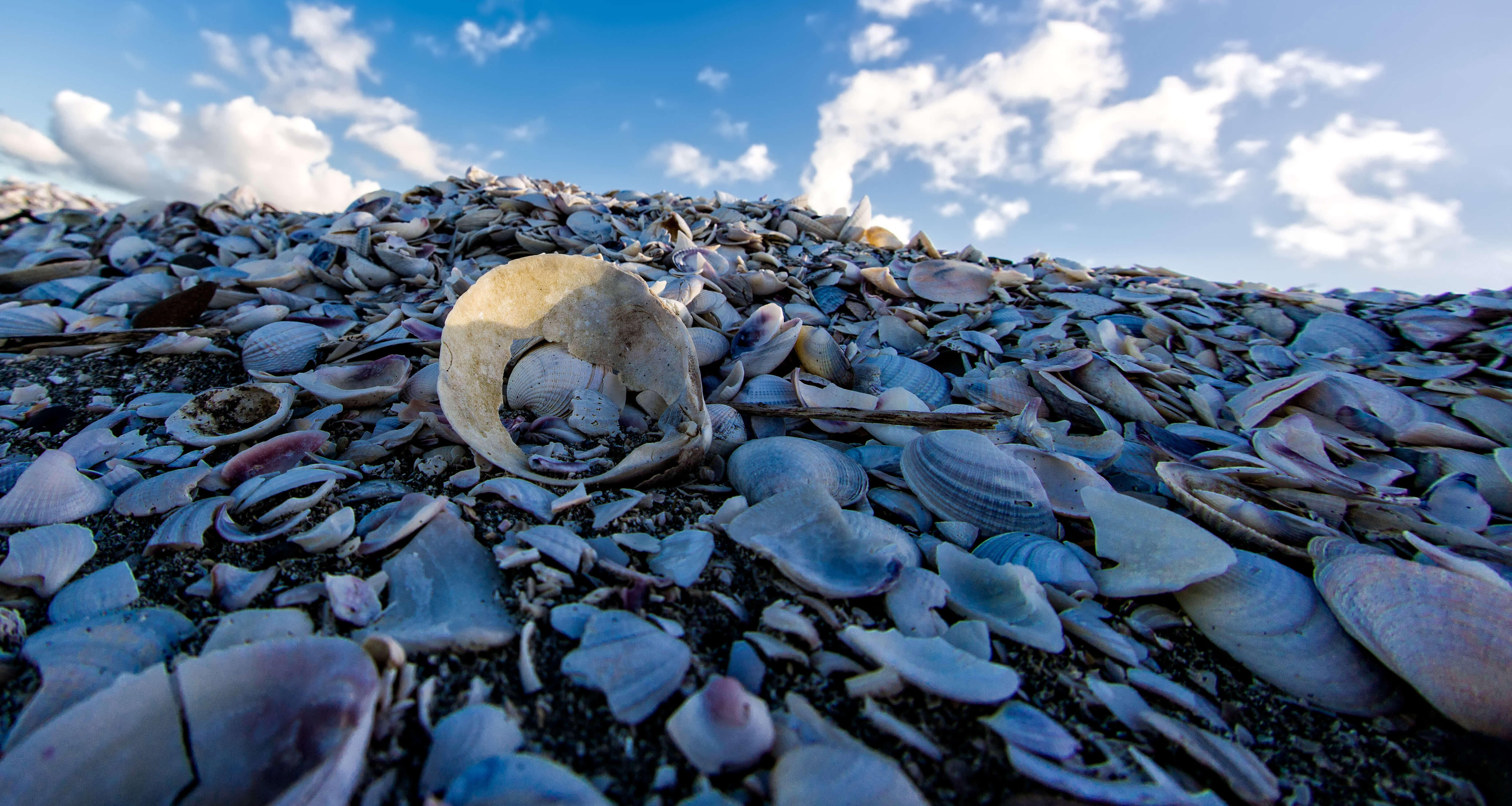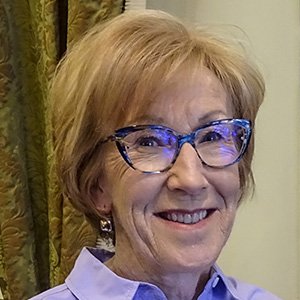
23 Jul 2023
Finding Beauty in Imperfection
Who would have thought a ridge of broken shells, a misshapen tower or smashed pottery would find beautiful and enduring purposes?
Shell banks created along the Miranda foreshore on the Firth of Thames are nesting grounds and safe haven for migratory birds at different times of the year.
The Leaning Tower of Pisa, caused by an error during construction, has attracted millions of visitors from around the world for decades.
Broken ceramic pottery is recreated as kintsugi, when Japanese artisans accentuate faults with golden seams to fill the cracks. They become unique and treasured art pieces.
So why do we strive to be perfect when beauty is found in imperfection?
We are less likely to connect with individuals who lead carefully curated perfect lives, and more likely to connect with individuals who face struggles, ups and downs, just as we do.
Body enhancement has become a fashion trend - tattoos, body piercings and more radical medical interventions. Are our bodies not beautiful enough, just as they are? This is different to Tā moko, used to express cultural heritage and identity through tattoo.
We focus on our flaws as we grow older. What happened to the smooth unwrinkled brow and the joyful exuberance? We see a stranger in the mirror, and criticise the cracks and lumps and bumps. Why not celebrate our hard-won scars, a reminder of our resilience?
On the inside we are stronger and wiser. Our minds are vibrant and alert, yet our bodies have limitations and constraints. We can stay active and engaged in a different way.
Nature shows us the way. It heals and restores in a constant cycle of renewal and regeneration. We cherish trees that have been around for centuries, and appreciate unusual branch formations. We are part of a much bigger connected universe.
When we focus on our unique gifts, we do our best work.
We are all beautifully imperfect. That's what connects us and makes us human. Just like kintsugi, we are one of a kind.
Photo credit: Steve Vaughan
